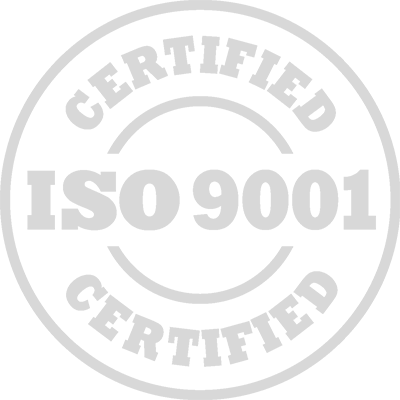Introduction to Rotating Equipment:
Over the past decade, world-class process companies have extensively studied rotating equipment reliability distribution and optimization problems. Instead of focusing solely on allocating redundancy with traditional maintenance, engineers now estimate the minimum required reliability for each rotating equipment component to meet the overall equipment reliability goals at the lowest cost.
Engineers assess whether failure avoidance or redundancy achieves the minimum required component reliability. This novel approach assigns reliability to components according to the incremental cost of increasing reliability. Improving rotating equipment's asset reliability through optimized predictive maintenance is a significant challenge for asset-intensive industries such as oil and gas.
Knowing how to effectively prevent equipment failures, conduct successful root cause analysis, and enhance condition monitoring of machinery like pumps, turbines, and compressors is crucial for rotating equipment engineers. Understanding how to save time and money by accurately analyzing and resolving persistent issues at their root is a crucial aim for any rotating equipment reliability engineer.
This rotating equipment maintenance and reliability course is tailored to provide skills in monitoring component health, both as a predictive maintenance tool and for root cause analysis. It also includes coverage of failure root causes, global best practices for root cause analysis, installation, pre-commissioning planning, functional testing and commissioning, and preventive maintenance strategies.
The rotating equipment maintenance and reliability course will concentrate on the problems and solutions surrounding equipment failures, diagnostics, and effective prevention methods. It will lead to more efficient plant maintenance, increased operational efficiency, lower operating costs, and improved plant availability.
Targeted Groups:
- Operation Professionals.
- Maintenance Professionals.
- Reliability Professionals.
- Key Operations Supervisors.
- Internal Improvement Consultants.
Course Objectives:
Upon successful completion of the rotating equipment maintenance and reliability course, participants will be able to:
- Recognize the concept of organizing for world-class operations, including the characteristics and steps toward pacesetter performance.
- Explain equipment failure patterns by distinguishing repairable from non-repairable equipment, identifying the types of equipment failure, reviewing why, and employing actions to minimize failure effects.
- Develop an in-depth understanding of how maintenance impacts reliability and recognize how maintenance influences equipment performance.
- Heighten awareness and understanding of the root cause failure analysis (RCFA), including the various types and approaches used in the rotating equipment sector.
- List and describe the step-by-step root cause failure analysis (RCFA) process.
- Know the principle of predictive maintenance and be able to employ the various predictive maintenance techniques and strategies used in rotating equipment.
- Identify the various types and components of condition monitoring techniques and recognize their importance in rotating equipment reliability optimization and continual improvement.
- Understand the concept of optimizing reliability, particularly condition monitoring and predictive maintenance, and identify its components and importance.
Targeted Competencies:
Upon successful completion of the rotating equipment maintenance and reliability training, participants' competencies will be able to:
- Break down a problem into its constituent parts or components systematically and hierarchically.
- Establish importance or priorities to rank alternatives comprehensively and formally.
- Apply Multi-Criteria Decision-Making (MCDM) to practical problems.
- Intro to different operational research and management science methods.
- Enhance decision-making with goals and criteria and show how to measure and rank them.
Course Outline:
Unit 1: Reliability Overview:
- The end users' objectives.
- Optimize reliability.
Unit 2: The Major Causes of Machinery Failure:
- Understand that rotating equipment does not fail randomly.
- Classify the significant causes of machinery failure.
Unit 3: How to Prevent Machinery Failures:
- Creating awareness of component function - What should it do?
- Emphasizing the significance of component condition monitoring - What is it doing?
- Discussing Preventive (PM) and Predictive PDM
- Troubleshooting.
- Advocate reliability as a responsibility for all stakeholders.
Unit 4: Optimizing CCM and PDM (Component Condition Monitoring and Predictive Maintenance):
- Identify major machinery components.
- Explore Component Condition Monitoring.
- Investigate Predictive Maintenance (PDM) techniques.
Unit 5: Effective Predictive Maintenance (including Root Cause Analysis Techniques):
- Provide an overview of troubleshooting procedures.
- Engage in initial fact-finding.
- Develop a thorough knowledge of equipment, components, and system functions.
- Define abnormal conditions.
- List abnormal conditions.
- Eliminate potential causes of the problem.
- Develop an action plan to eliminate root causes.
Unit 6: Understanding Root Cause and Analysis Example Problem:
- Analyze example case history.
- Discuss answers and comments for the example case history.
Unit 7: Root Cause Analysis Techniques (Improving Component Function Knowledge Base):
- Understand component functions.
- Explore component failure causes.
- Investigate component condition monitoring.
- Provide examples of knowledge base enhancement.


